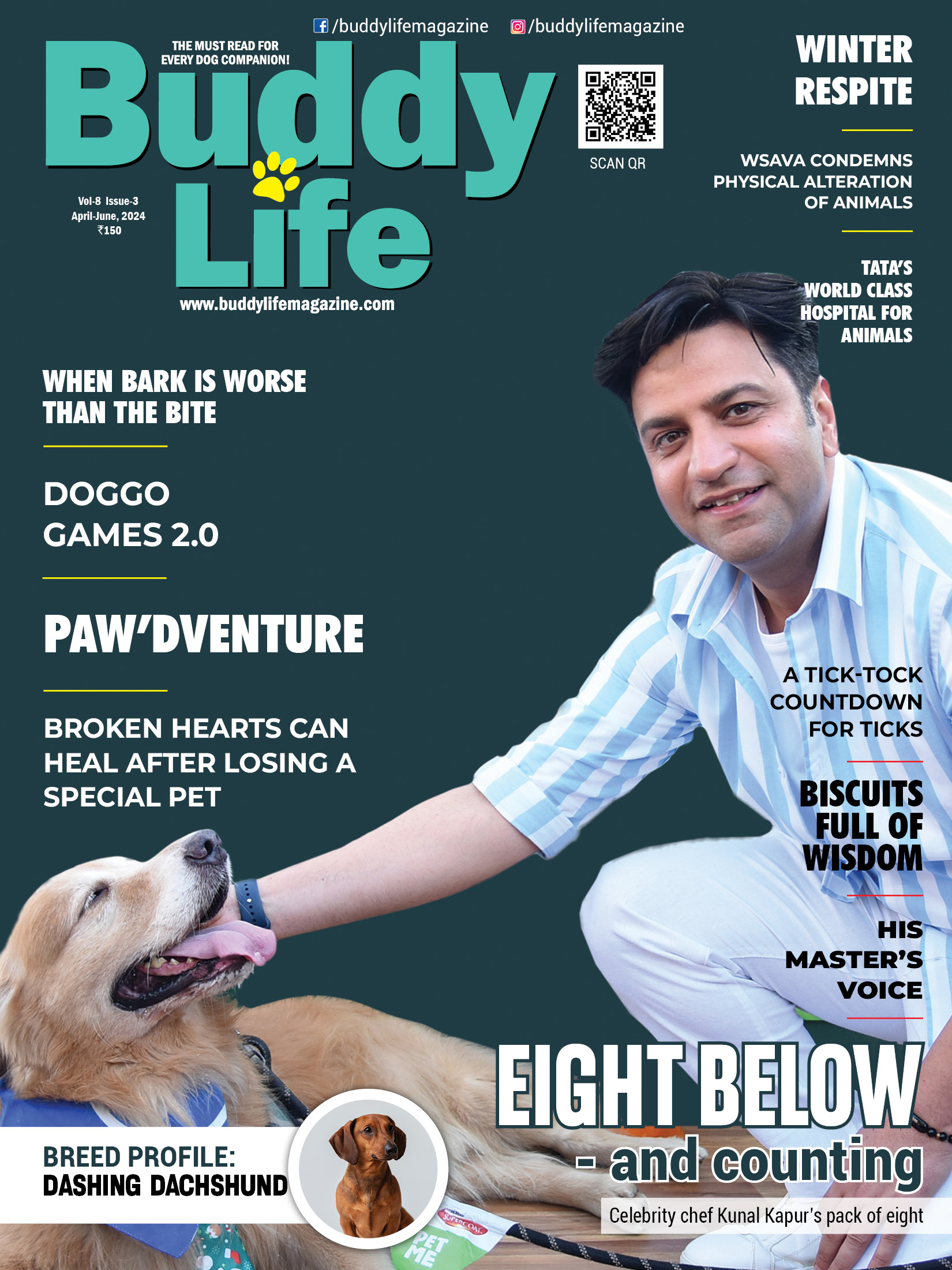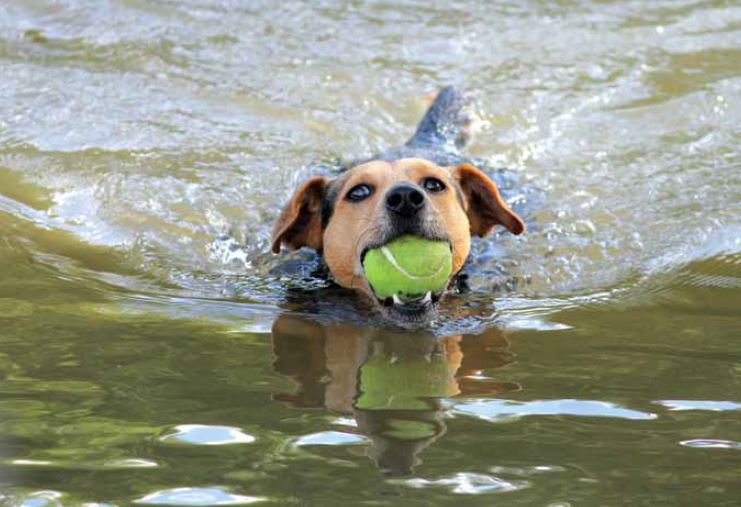
MRI scans on 33 breeds and discovered how a dog was bred is reflected in their brain structure.
New York, September 2, 2019: There are hundreds of dog breeds around the world, from the teensy chihuahua to the massive Saint Bernard—all thanks to centuries of selective breeding by humans. With such a wide range of canine sizes and temperaments, it’s no surprise that, in the process, we have reshaped their brains as well as their bodies.
A new study performed MRI scans on 33 breeds and discovered how a dog was bred is reflected in their brain structure.
For instance, dogs bred to be small—say the lhasa apso—have round heads with similarly round brains that take up most of their skull. A larger breed like a golden retriever has a long, narrow head, and thus a more elongated brain that doesn’t fill all of the skull space, reports National Geographic.
“The biggest wow moment for me was just looking at the scans,” says study leader Erin E. Hecht, an evolutionary neuroscientist at Harvard University. “It’s really cool in science where you have a result where you don’t have to do any fancy statistics to be able to tell there’s something going on.”
This fresh look inside the mind of dogs offers a better understanding of how breeds are hardwired, which in turn helps potential dog owners choose the right breed for their home, adds Hecht, whose study was published today in the journal Neurosci.For the study, Hecht and colleagues recruited 62 individual pet dogs in American homes, including breeds such as beagles, Yorkshire terriers, Doberman pinschers, boxers, and more.
After noting the differences in brain size and shape, the team then further analyzed differences within the brain, observing how how certain regions varied across breeds with certain behavioral traits. Bulldogs, for example, were originally bred to fight captive bulls but later were bred to be loving family pets, putting them both in the “sport fighting” and “explicit companionship” groups. The study team used the American Kennel Club website for data on the breeds’ original roles.
The scientists then mapped out six brain networks that could be discerned by a dog’s behavior, like scent hunting or companionship. For example, in the part of the brain called the prefrontal cortex, one area associated with group size and social interaction had the same variation among dogs bred for herding; police, military, and war work; vermin control; bird flushing and retrieving; and sport fighting.
To read more, subscribe to Buddy Life!










 " >
" >
 " >
" >